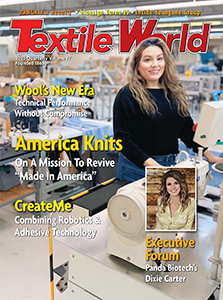DUBUQUE, Iowa — January 4, 2017 — Flexsteel Industries Inc. today announced that Timothy E. Hall, CFO, will be retiring from Flexsteel Industries on June 30, 2018, after 23 years of service. Marcus D. Hamilton will join Flexsteel and assume the role of CFO on January 8, 2018.
Hall will assist in the transition of his CFO responsibilities to Hamilton, and will continue working on the business information systems project, the Dubuque Operations building construction project, and will continue serving as Secretary to the Board of Directors until his retirement.
“Tim has been an outstanding CFO since taking that position in 2005, and has been a terrific leader throughout his career at Flexsteel,” said Karel K. Czanderna, president and CEO of Flexsteel. “We are grateful for his contributions to the company.”
Hamilton most recently served as the global vice president – Finance for the $1.7B Valspar Paints business, where his business acumen contributed to their growth and recent sale to Sherwin-Williams. He brings over 20 years of experience as a strategic partner with hands-on operating finance leadership in manufactured and sourced consumer products through his previous roles at Ames True Temper and a decade at Stanley Black & Decker. He comes to Flexsteel with early career experience in the furniture industry, contributions to multiple business system implementations, experience leading IT, sourcing and demand planning teams, and has profitably grown businesses organically and through acquisition. Hamilton earned his MBA at the University of Maryland, and a BBA in finance and commercial law from Western Michigan University.
Posted January 4, 2018
Source: Flexsteel Industries




